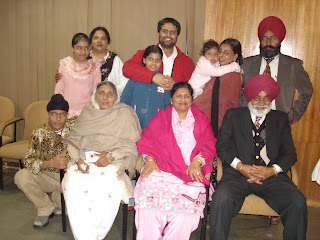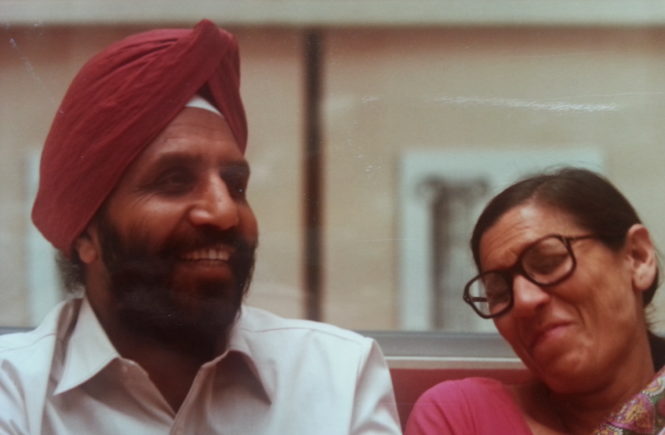After the recent petrol price hike, the Congress functionaries and supporters – of which there are a few thousand, especially in the media and think-tanks – came out in support of the hike on the grounds that the aam aadmi (common man) suffers or has nothing to gain by extending petrol subsidies that only the middle class and the rich enjoy. They claimed that such subsidies do nothing for the aam aadmi since he has as much use for petrol as the male of the homo-sapiens has for sanitary napkins; he doesn’t bleed (by a petrol price rise) and hence doesn’t have to contain the bleeding in a sanitary napkin of subsidies. Aam aadmi? First of all, I find it rather strange that I and my ilk are not included in the aam aadmi. I am reminded of Spike Milligan who started one of his hilarious books (I think it was ‘Monty – My Part in His Victory’) with this observation, “Every sunday I used to accompany my parents to the church and give money and alms for the poor. I used to find it strange since we were actually the poor.”
What is the definition of the aam aadmi? He can’t simply be the poor man because then he would have been called ‘Garib aadmi’. Thanks to the abysmal failure of our policies and family planning measures, we keep adding to the number of the poor in the country. At last count, in the eight northern states of India, we had more poor than in the entire Africa continent. Could it be that the rural people in the country are called aam aadmi? But then, after spending 37 years in the Indian Navy, I turned out to be the poorest in my village in Shimla Hills. No, it can’t be. I think very possibly, it is a term coined by the Congress to indicate people other than those who make noise about lack of governance, lack of government policies and visions, and about rampant corruption. Anna Hazare, Baba Ramdev and millions of their supporters can’t be the aam aadmi since they are routinely subjected to measures ranging from derision to forceful eviction and even arrest. They are often told that the “supremacy of the parliament should be respected” since parliament has been elected by the aam aadmi. Could it be that aam aadmi is the one who votes blindfolded?
 |
| RK Laxman’s aam aadmi or the common man |
I think it gets more and more complex and we shall never get to the bottom of what exactly is the aam aadmi, except probably the perception by the government that the aam aadmi has already been rogered enough and can’t be rogered any more. Could aam have anything to do with the king of fruits in India – aam (mango)? Initially, when the idea occurred to me, I brushed it aside as a figment of my contorted imagination (the only type that God was left with after giving the best to Congress functionaries and supporters, as given above). But, the more I looked at it, the more I got convinced that that’s what Congress means: aam aadmi is the one who can afford nothing more than an aam (mango) with the above-poverty-line budget of Rupees 28.65 in urban areas and Rupees 22.40 in rural areas. And certainly not an aam of Alphonso variety; most probably the kachcha aam (raw mango).
Here I must indulge in a bit of nostalgia (to hell with my own ‘Nosey About Nostalgia’). When I was small, this is how my nani (maternal grand-mother) used to make kachche aam ka achaar. She used to pick raw mangoes and chop them into smaller manageable pieces. Then she would keep them spread out on a white sheet on a cot and let the sun season them for several days. This would reduce them to approximately half their size or less. Then, one day, she would garnish and season them with various spices, seasonings and salts and then put them in a jar of sarson oil. Kachche aam in jars would be kept like this for several days in the sun until nani would declare one fine day that they had matured and had been pickled. A similar process is followed by the government for the aam aadmi. You would guess the comparison, starting from cutting them on the lines of religion, caste and creed and ending with seasoning them in oil. Nani could very well have been made a minister in the government.
Here I must let out a secret. Initially, this article was called ‘Kachche Aam Ki Chutney’ but then, one spokesperson from the government, someone named Abhishek Singhvi, got in touch with me and said it would be too revealing after the (shocking) petrol hike of Rupees 7.50 and would give further “fuel-for-fire” to a certain Didi from West Bengal.
One of my friends, in his fit of frustration, went to petrol pump today and the following conversation took place:
Attendant: Kitne ka dallun? (How much should I pump in?)
My Friend: Bus do teen rupaiye ka spray kar de; gaadi ko aag lagaani hai (Only spray worth two-three rupees; I want to set my car on fire)
I was reminded of a RK Laxman’s old cartoon; in this a burly sardar taxi driver had gone to the bank and demanded angrily, “Remember, you gave me a loan to buy this car? Well, I want another to buy petrol now.”
I am told that in India, now onwards, petrol will be called ‘Cough Drops’; a few drops and you have to cough up more money.
 |
| Oil drop or cough drop? |
The argument that the petrol prices should be raised because the aam aadmi doesn’t use petrol makes me think that the government can raise the prices of almost everything in the country since the aam aadmi, if I have got the definition right, hardly uses anything at all.
 |
| pic courtesy: aeonestudy.com |
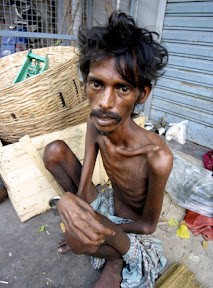
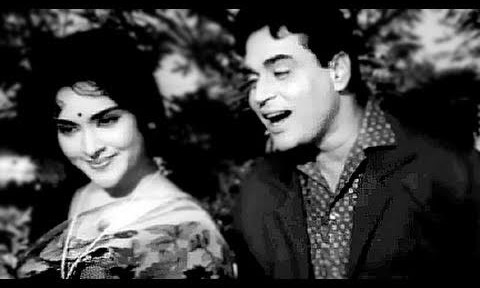
_-_All_Episodes.jpg)
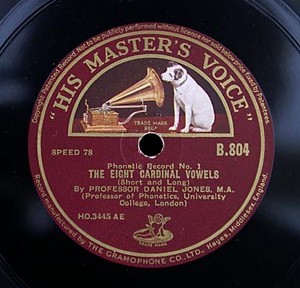





 i
i



























